Apple iPhone 5s vs Samsung Galaxy S4
Introduction
In recent times, Samsung has been quite the aggressive company in its quest to bring the beloved iPhone to its knees, which is evident by the insane amount of commercial spots showing off how its Galaxy S4 is already the next big thing. For most of the year, it has proven to be a force of immeasurable power, as it has reigned supreme in the Android landscape – while also giving Apple’s pride and joy some much-needed competition. Now that the iPhone 5s is finally here, it’s not looking to mess around with the competition, seeing that it intends on bringing back the spotlight to Apple’s warm glow. Heading into that crucial holiday season, these two titans are hell bent on fighting against one another to claim victory.
Design
This is an interesting comparison, since the iPhone 5s retains its predecessor’s design to the teeth – so there’s nothing particularly new about it. Regardless of that, the iPhone 5s continues to be the more premium looking smartphone between the two, which is aided by its brushed aluminum casing. Compared to the Galaxy S4’s glossy plastic casing, the iPhone 5s also exudes the more sturdy build quality with its construction. And finally, when it comes to the in-the-hand feel, the smaller figure of the iPhone 5s enables it to feel more natural in the hand – whereas the Galaxy S4 is just one wide smartphone to hold. All the signs might point to the iPhone 5s as being the better looking device between the two, but the Galaxy S4 still has a pleasant design of its own too, though, personal preference becomes the deciding factor in which of the two is the more favorable one.
Although they share many common ports and buttons, each handset packs along its own unique set of goodies. Below the display of the iPhone 5s, its home button incorporates a nifty biometric fingerprint sensor dubbed Touch ID, which enables us to unlock the phone and confirm app purchases. With the Galaxy S4, it packs along a very useful IR blaster that turns the phone into a universal remote – a great thing to have when you can’t find the clicker. Lastly, the Galaxy S4 has an LED notification light and removable back cover that enables us to access its internal battery and microSD card slot.
Display
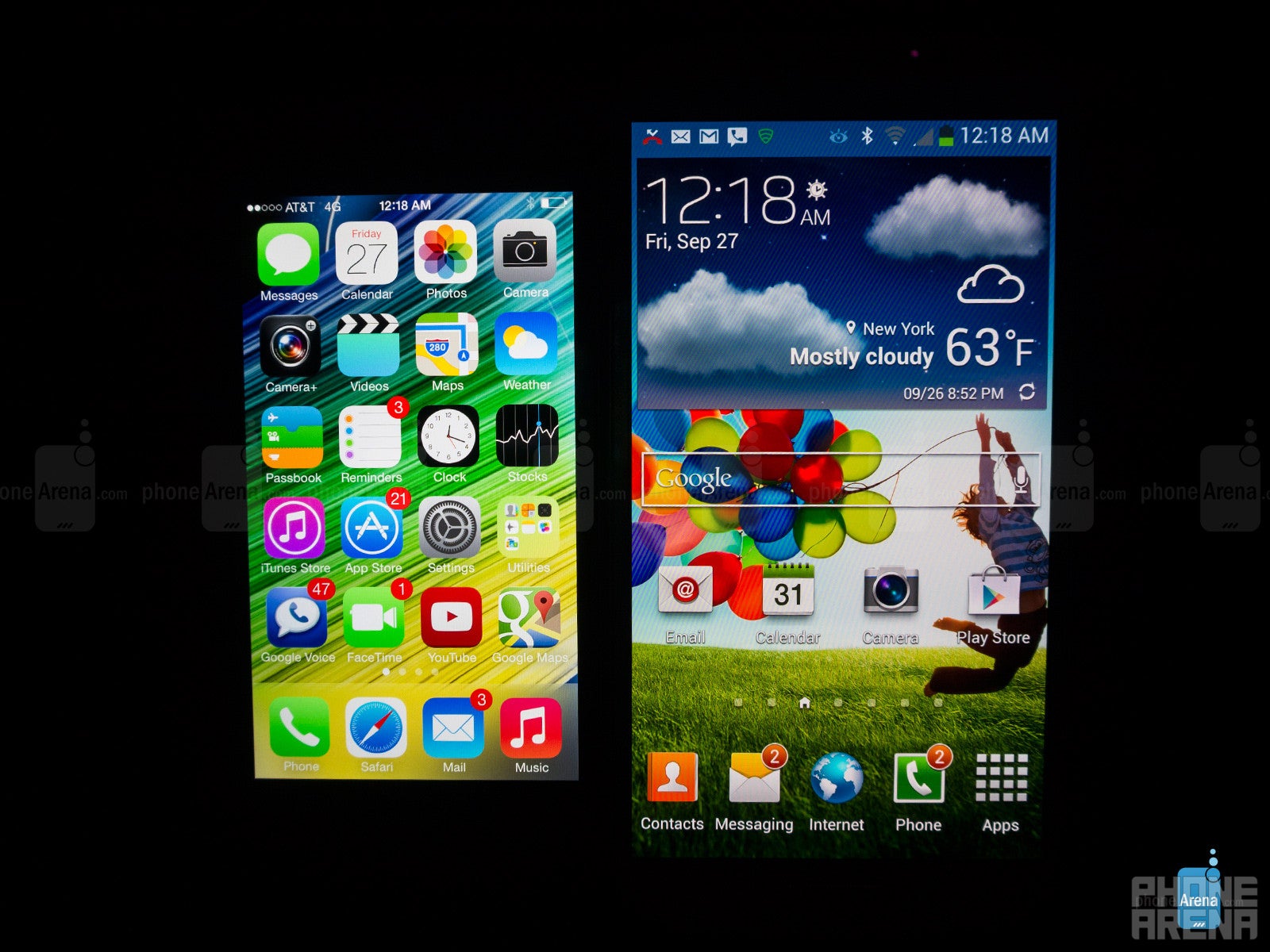
Aside from that, they both have their own standout characteristics. With the iPhone 5s’ Retina Display, it produces very accurate colors and has the better outdoor visibility. Conversely, the Galaxy S4 has that showroom wow factor with its rich and over-saturated color reproduction, which easily catches our attention. Oh yeah, there’s also the cool tracking technology that enables the Galaxy S4’s display to recognize our finger as it’s hovering over the display!
Apple iPhone 5s 360-Degrees View
Samsung Galaxy S4 360-Degrees View
Interface and Functionality
It’s about time that iOS got a facelift, seeing that the previous version of iOS didn’t look too differently from the first incarnation of the platform. Between iOS 7 and the TouchWiz Nature UX experience running on top of Android 4.2.2 Jelly Bean, we’ll give it to Apple’s refreshed mobile platform for having the more pleasing visual presentation. Yes, TouchWiz continues to look cartoony when pitted against the refreshing and minimalist look of iOS 7. Additionally, the iOS 7 experience continues to adhere to that fundamental principle of being simplistic – more so than the TouchWiz experience. When it comes to the personalization department, it’s obvious that the Galaxy S4 with its Android experience blows away iOS 7, as we have control in pretty much all aspects of the homescreen layout.
Thankfully, there’s a one-stop hub for notifications with these two flagships. On the Galaxy S4, we adore that its notifications panel provides us with more depth thanks to the additional functions we’re offered with certain notifications – such as being able to archive emails. Furthermore, we have access to modifying the brightness of the display and some connectivity features. Well, the iPhone 5s also provides us with the same set of functions through its Control Center.
On the surface, multi-tasking is handled in the same manner, which is more on the line of task switching. Showing off its depth, the Galaxy S4 caters to the whole multi-tasking function more than the iPhone 5s, mainly because its multi-screen feature allows us to run two apps simultaneously.
Both handsets has its own unique voice assistance service, Siri on the iPhone 5s and Google Now & S-Voice on the Galaxy S4, but it’s the Google Now experience that reels us in with its intelligent awareness and features set. Quite simply, Google Now is extremely encompassing with its features set, as it provides us with relevant information that Siri can’t compete with.
Empty images list
Due to its larger sized display, the Galaxy S4 naturally benefits with its more spacious keyboard layout. However, the iPhone 5s is still remarkably good too, as its snappy responsiveness and killer auto-correct feature makes it one of the more pleasing devices to text on. Then again, we can say the same thing about the Galaxy S4, which gives us access to numbers and various punctuations directly from the main layout.
Processor and Memory
Would you look at that? Our eyes instinctively pop wide open looking at the iPhone 5s, due to the fact that it’s bearing a one-of-a-kind dual-core 1.3GHz Apple A7 processor that’s based on 64-bit architecture. Certainly it’s something that piques our interest more than the quad-core 1.9GHz Qualcomm Snapdragon 600 processor with 2GB of RAM in the Galaxy S4, but its true potential isn’t something that can be experienced right now, until developers optimize apps and games to take advantage of it. Anyway, when it comes to their real world performances, it’s undeniable that the iPhone 5s is the snappier performer between the two.
We have to applaud Samsung on this, especially when they’ve been fairly consistent with its set of smartphones. Not only does the base model of the Galaxy S4 boast 16GB of internal storage, but it’s complemented by the inclusion of a handy microSD card slot. Unfortunately for the iPhone 5s, it’s stuck with its internal storage capacity, which is available in 16GB, 32GB, or 64GB.
Internet and Connectivity
More than ideal for the occasion, these two handle the web browsing experience with relative ease. In fact, they exhibit all the same excellent qualities that make them superb – like their speedy 4G LTE connections, instant page rendering, and tight navigational controls. Mostly due to its larger and higher resolution display, the Galaxy S4 is practically the choice device for this particular scenario.
Since they’re both so darn popular, they’re offered in both CDMA and GSM flavors. Additionally, they pack the usual set of connectivity features – such as aGPS, Bluetooth 4.0, and dual-band 802.11 a/b/g/n Wi-Fi. However, the Galaxy S4 is loaded with secondary things like NFC and an IR blaster. For file sharing, though, the iPhone 5s has AirDrop.
Camera
Making simplicity a core foundation with its experience, it doesn’t surprise us that the iPhone 5s doesn’t have as many camera oriented features. Frankly, it’s pretty barebones in itself, as we’re presented with a few things – like panoramic, square shots, a color filter mode, and a very cool slow motion video capture mode. Showing off its diversity yet again, the Galaxy S4 is chock full of goodies with its various shooting modes and manual controls. If you’re all about precise control, the Galaxy S4 is going to be your device.
The Galaxy S4’s beefy 13-megapixel camera, which features a backside illuminated sensor and a f2.2 lens, has proven itself as a worthy competitor in the camera snapping department against the iPhone 5. Being the successor, the iPhone 5s’ 8-megapixel iSight camera is treated to the usual set of upgrades, as it also bears a backside illuminated sensor and f2.2 lens, but it benefits from having larger pixels to soak in more light. Honestly though, taking a meticulous look at our outdoor samples, it’s almost hard to distinctively make out which of the two is better, seeing that details are in abundance with the two. Looking more intently at them, however, we realize that the Galaxy S4’s details are more accentuated – while its colors are punchier than the iPhone 5s.
Under low lighting scenarios, the iPhone 5s’ updated camera shows its true worth, seeing that its shots sport sharper visuals than the Galaxy S4 – plus, it’s also marginally brighter as well, which helps to expose those details. In contrast, the Galaxy S4’s low lighting shots appear a bit more speckled, and there’s also more noise throughout the shot as well. Using their respective flashes, the iPhone 5s casts enough of a potent lighting to give skin tones a more natural color – whereas the Galaxy S4’s photos tend to appear a smidgen over-exposed.
Diving into their 1080p video recording quality, we realize that the same results appear here in this category. When there’s sufficient lighting, the two smartphones capture some amazing looking videos that are filled with plenty of visual treats. However, the iPhone 5s’ camera does a better job handling low lighting situations – since it’s not noisy like the Galaxy S4. Interestingly, slow motion video capture is available with both, but we actually prefer the iPhone 5s with this one. It’s just because we’re able to apply the slow motion effect after the shot has been taken.
Multimedia
Neither music players have any outstanding visual treats, and the more we compare them, they’re basically the conventional looking players we all know dearly by now. True, the speakers of both phones are very powerful and robust with their tones, but it’s the iPhone 5s that has the slightly stronger output between the two.
Bigger is better when it comes to watching high-definition videos on a smartphone, so that’s why the Samsung Galaxy S4 is what we prefer for the experience. Not only are we entranced by the Super AMOLED display’s iridescent glow, but its significantly larger size helps to keep us affixed to it. In addition, the Galaxy S4 has a few cool tricks up its sleeve – like its Air View preview feature and the ability to use pop-up-play to multi-task between stuff.
Call Quality
Listening to callers isn’t a problem on either device, seeing that the volume is more than ample with their earpieces and speakerphones. Still, our ears tell us that the iPhone 5s is the suitable phone for chit-chatting because voices have a natural and distinct tone to them – whereas with the Galaxy S4, they tend to sound muted.
Battery
We can’t complain much about the battery life of either smartphone, since they churn out easily that one-day of normal usage we so desperately look for in each and every device we check out. In the end, they’re average at best by today’s standards – so expect to recharge them frequently if you’re a power user.
Conclusion
Two high-end smartphone, two completely different takes in what makes them qualify as being high-end. At the very least, you’re going to spend $200 with your signature on a 2-year contract to pick either one, but it’s a matter of what’s most important to you that dictates the winner in this particular comparison.
Being the new kid on the block, the iPhone 5s is a fantastic device that’s very well rounded in being a high performer in the categories that matter the most to people – such as taking photos/video, call quality, and having a snappy performance. Additionally, it’s packing along a cool Touch ID fingerprint sensor and a 64-bit based Apple A7 processor, which are two distinct things that we don’t find on other competing flagships.
Sure, the Galaxy S4 continues to enthrall us with its imposing larger than life stature, as it’s packed to the roof with some splendid hardware, but it even makes the grade with the software experience too. Whereas the iOS 7 experience is refreshing and adheres to that notion of being simple, Samsung goes the complete opposite route by offering us a ton of neat/gimmicky (depending on who you talk to, of course) software features. As the dust settles, there’s no arguing that these two are wonderful smartphones that capture the essence of being high-end, so there’s no wrong decision here. If premium and simplicity is more of your forte, then it’s the iPhone 5s. And if hardware specs and diverse software features are more akin to your needs, it’s going to be the Galaxy S4 for you then.

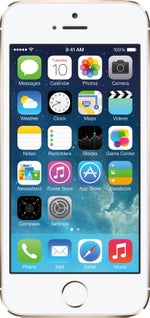
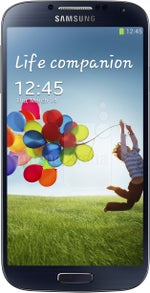








![T-Mobile extends another peace offering to customers after uproar over rate increase [UPDATED]](https://m-cdn.phonearena.com/images/article/168576-wide-two_350/T-Mobile-extends-another-peace-offering-to-customers-after-uproar-over-rate-increase-UPDATED.jpg)

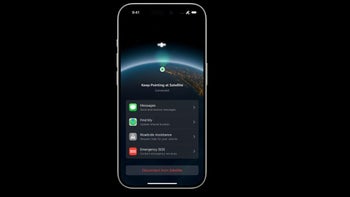



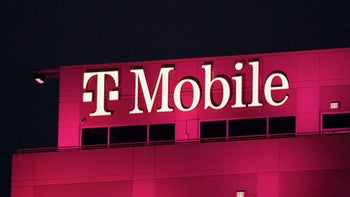
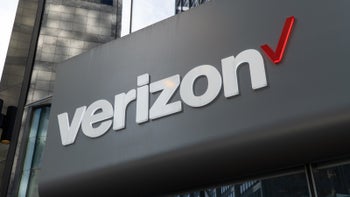
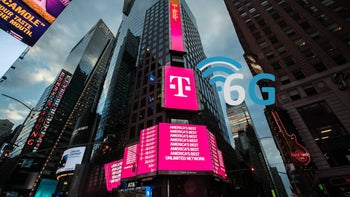
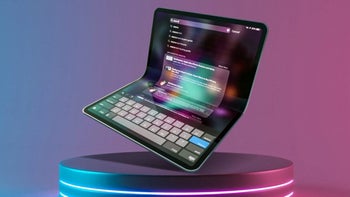







Things that are NOT allowed: